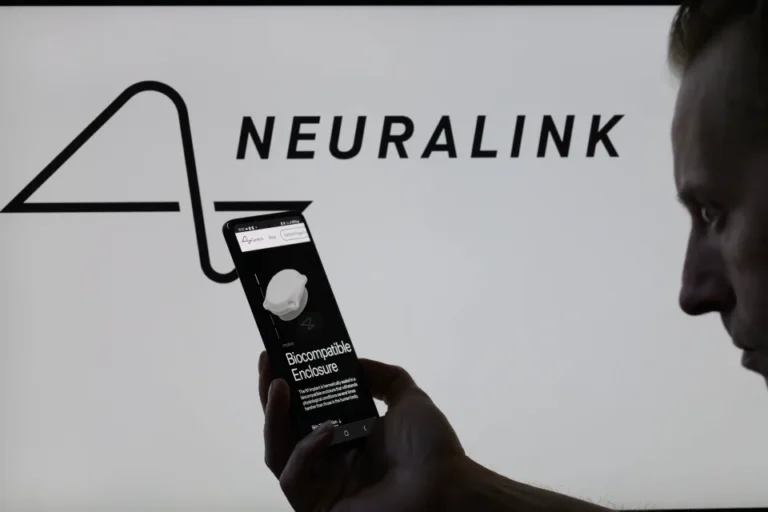Problems occurred with the implant of the first patient, which resulted in the threads of the implant retracting from his brain.
For the second patient in Neuralink’s early human trials, the company has provided an update, in which it stated that “promisingly,” it has “observed no thread retraction” in the participant. Patients who are paralyzed are able to control equipment, access the internet, and play video games with their thoughts thanks to a business that is led by Elon Musk that implants a chip into the human brain. In January, it successfully implanted a chip into its first patient. Although the treatment was successful, several of the connective threads that were attached to the implants eventually pulled away from the brain several weeks later. Because of this, the device was able to receive fewer signals from the brain.
A mitigation strategy was implemented by the company for its second patient, who was named Alex, in order to avoid the same incident from happening again, or at the very least, to reduce the likelihood of it happening. It was stated that it allowed for less movement of the brain during the surgical procedure and also decreased the distance between the implant and the surface of the brain. To this point, the company has not come across any instances of thread retraction in the patient. With regard to its initial patient, it adjusted an algorithm in order to enhance the manner in which his implant identifies and translates signals once the result was observed. The threads of the first patient have been stabilized, and his implant has recovered since then, according to the report.
Alex has already been able to utilize computer-aided design (CAD) software to construct a custom mount for his Neuralink charger three weeks following his operation in July. This mount was designed to accommodate his Neuralink charger. Since then, he has included the mount that was manufactured using 3D printing into his setup. Due to the fact that he is now able to move and aim simultaneously, he has also been able to use his implant in conjunction with a mouth-operated joystick to play Counter-Strike 2 more efficiently.
According to Neuralink, the company is now working on making its technology capable of decoding numerous clicks and movements in order to “deliver full mouse and video game controller functionality.” Additionally, it is working on building algorithms that are able to determine when a user intends to write by hand, which would expedite the process of entering text. People who are unable to talk, such as those who have amyotrophic lateral sclerosis (ALS), would thus be able to interact with others in a more straightforward manner. Finally, it appears that the corporation intends to give its implants the ability to interact with the actual world. This would allow individuals to use the implants to maneuver their own wheelchair or to use a robotic hand to feed or clean themselves.
NEWS: 2nd Neuralink patient Alex plays the first-person shooter game Counter-Strike 2 on his laptop computer using the Link.
— ALEX (@ajtourville) August 21, 2024
Alex playing Counter-Strike 2: https://t.co/M1pikMoGSJ pic.twitter.com/ROQNYgeXao

